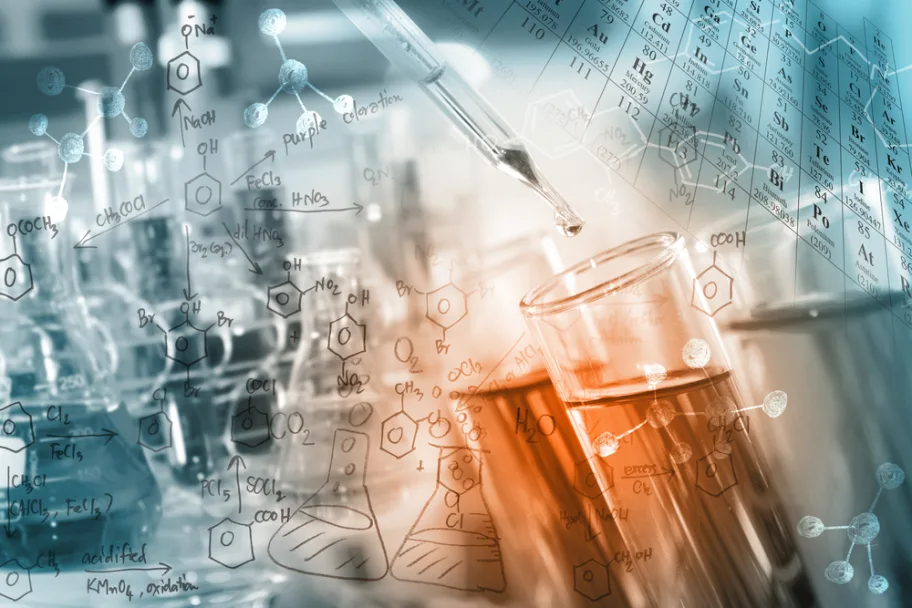Modern Crop Protection Strategies: Leveraging Agro Chemicals for Agricultural Success
In the rapidly evolving landscape of global agriculture, crop protection has become a critical component of sustainable food production. Agro chemicals play a pivotal role in safeguarding crops from various threats, ensuring food security, and supporting farmers’ economic viability.

The Changing Face of Crop Protection
Modern agriculture faces unprecedented challenges, including climate change, emerging pest resistances, and the need for sustainable production methods. Agro chemicals have emerged as a sophisticated solution, moving far beyond traditional broad-spectrum pesticide applications.
Integrated Pest Management (IPM)
Today’s crop protection strategies embrace a holistic approach known as Integrated Pest Management (IPM). This methodology combines biological, cultural, physical, and chemical tools to minimize economic, health, and environmental risks. Agro chemicals are no longer seen as a first-line defense but as a precisely targeted intervention.
A longer catalyst lifespan often translates to reduced downtime and lower operating costs.
Innovations in Agro Chemical Technologies

Precision Agriculture
Advanced technologies now allow for highly targeted chemical applications. GPS-guided equipment, drone surveillance, and sensor technologies enable farmers to apply agro chemicals with unprecedented accuracy. This approach reduces overall chemical usage, minimizes environmental impact, and optimizes crop protection.
Biological and Synthetic Hybrid Solutions
Modern agro chemicals are increasingly developed with ecological considerations. Manufacturers like Unitop Chemicals are pioneering hybrid solutions that combine synthetic effectiveness with biological safety. These innovative formulations provide robust crop protection while maintaining environmental stewardship.
Key Advantages of Modern Agro Chemicals
- Targeted Effectiveness: New chemical formulations target specific pest vulnerabilities while minimizing broader ecosystem disruption.
- Reduced Environmental Impact: Advanced surfactants and emulsifiers improve chemical distribution and reduce overall application volumes.
- Enhanced Crop Resilience: Modern agro chemicals not only protect against pests but also support plant health and stress resistance.
Sustainable Practices in Chemical Crop Protection
The future of crop protection lies in sustainable practices. This includes:
- Developing biodegradable chemical compounds
- Creating more efficient delivery systems
- Reducing potential ecological side effects
- Supporting long-term soil and environmental health

The Role of Surfactants and Emulsifiers
Surfactants and emulsifiers are crucial in modern crop protection strategies. These specialized chemicals improve the spread, penetration, and effectiveness of crop protection treatments. By enhancing chemical distribution and reducing surface tension, they ensure more uniform and efficient application.
Conclusion
As global agricultural demands continue to grow, agro chemicals will remain essential in crop protection. The key lies in continuous innovation, precision, and a commitment to ecological balance. Companies like Unitop Chemicals are at the forefront of developing smarter, safer, and more effective crop protection solutions.
The future of agriculture is not about eliminating challenges but about managing them intelligently, sustainably, and effectively.








